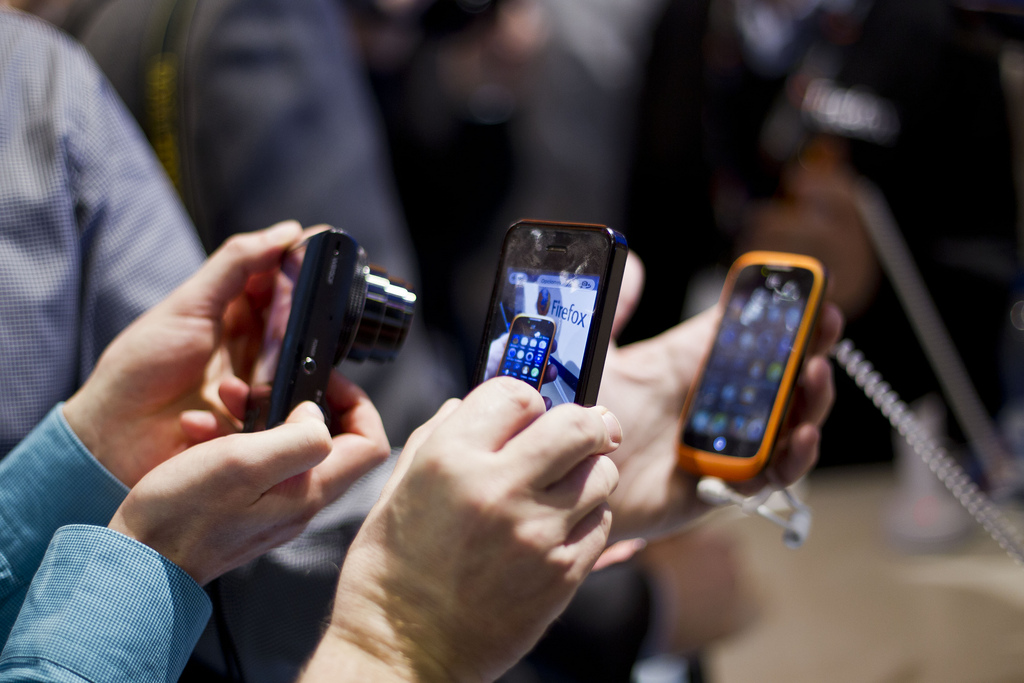The German media overestimate the impact of Twitter and downplay the use of other social media networks, according to new research published by the Department of Communication at the University of Mainz, Germany.
Researchers Birgit Stark, Stephan Geiss and Melanie Magin, have analysed the relationship between the frequency of mentions of social media in article and the number of actual users. They found that even though only 3 percent of all Internet users in Germany over the age of 14 use Twitter, it is the second-most covered social network after Facebook.
In the survey, researchers studied the online and print editions of the German news magazines Focus, Der Spiegel and Stern throughout 2011. They analyzed 742 relevant articles, in which 327 discussed Twitter and 514 discussed Facebook. Other frequently used networks are barely mentioned. For example, no articles were found about Stayfriends, a networking site based on your old schools, in the manner of Friends Reunited, is used by 17 percent of people who have with social network accounts. Twitter is used by 3.7 million people in Germany. Stayfriends is used by 13 million. Facebook by 25 million people in Germany.
“When we look at how Twitter only has a few users we see that there is a disproportionate amount of media coverage. It is overestimated. Facebook, in comparison, is proportionate,” Said Stark.
In Germany, 73 percent of Internet users over the age of 14 are active in social media; of which, 42 percent are registered on Facebook. This group represents approximately 20 million people. Thirty-three percent use the platform more than one hour per day. Wer-kennt-wen, Stayfriends and the VZ-Networks are the next largest networks after Facebook, but are scarcely mentioned in media reports.
Most of the analyzed articles did not focus exclusively on social media, which means only casual mentions appeared within the text. If the articles mention social media at all, the reference generally appears with “soft news” narratives, such as life-style issues, , or celebrity gossip. The articles also cover media and internet. Articles on the subject of international politics were the second-most likely to included mentions of social media. In general, only 20 percent of all coverage about the social networks was comprehensive.
The articles analysed have about a 58 percent focus on social media. So the information on social networks provided is done so casually, and is not a central part of the story.
The researchers categorized the context of the reports to find out “how different media present the various social media supplies,” explains Stark. “Altogether we could identify seven cluster-solutions, meaning seven different frames.” Therefore the study reveals that media stories mention Twitter and Facebook most often in connection with the platform on which “soft news“ emerge. The clear difference between the two services is that the media more strongly emphasize Twitter᾿s large mobilization function. Stars and politicians are said to use the site for self-promotion, and references to expressions of opinions and protests can be found more frequently. Twenty-three percent of the 186 paragraphs which refer to Twitter contain a focus on mobilization. In contrast, media reports about Facebook more frequently discuss elements of private data protection and data abuse by companies and other actors. 32 percent of 545 paragraphs about Facebook addressed these issues.
“Furthermore, the issue of private data protection and data security crime was evaluated most negatively,” says Stark. In an additional analysis, the researchers looked at how positive or negative different media reports rate topics about social media. The results show that topics like social relationships and economy, social media companies and lifestyle are more likely to be positively evaluated.
Photo credits: Coletivo Mambembe / Flickr CC
Tags: Facebook, Social media, social networks, Stayfriends, Twitter, University of Mainz













































